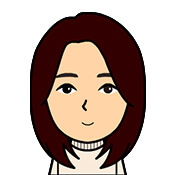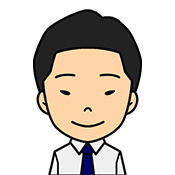
After I eat, I brush my teeth.”
There are many people in Korea who brush their teeth during their lunch break, and the more cavity-prone people are, the more they take care of their dental health.
In this lesson, let’s practice grammar that can be used for this kind of talk.
Of course, this grammar can be used for more than just talking about brushing one’s teeth.
-후 means “after ~”.
Expressions using the 후(後).
When you want to express “after ~” in Korean, use -후.
The sentence “A after B”.
①TV를 봐요.
I watch TV.
②그 후에 숙제를 할 거예요.
I do my homework after that.
①+②
↓↓↓
③저는 TV를 본 후에 숙제를 할 거예요.
I do my homework after watching TV.
Talk about order of action.
-후 represents an action or change “after something”.
How to use “- 후”.
후 is combined with a modifier verb.
Av + -ㄴ/은 후
오다 + -ㄴ/은 후 = 온 후
마시다 + -ㄴ/은 후 = 마신 후
운동하다 + -ㄴ/은 후 = 운동한 후
읽다 + -ㄴ/은 후 = 읽은 후
먹다 + -ㄴ/은 후 = 먹은 후
받다 + -ㄴ/은 후 = 받은 후
살다 + -ㄴ/은 후 = 산 후
듣다 + -ㄴ/은 후 = 들은 후
Just bring -후 after -ㄴ/은, which indicates the completion of an action.
No patchum in the stem

Drinking coffee after drinking alcohol is not good for you.
(마시다)

I plan to take a bath after watching this movie.
(보다)

Drinking milk after muscle training is good for your muscles.
(하다)
If the verb stem does not have a patchum, use -ㄴ 후.
Have a patchum in the stem

Rest is required after the surgery.
(읽다)

Write down your thoughts after reading the book.
(읽다)

I always gargle after brushing my teeth.
(닦다)
Use -은 후 when the stem of a word has a patchum.
Cases of irregular changes.
The usage is roughly the same as for -ㄴ/은.

After living in Seoul for 15 years, I moved to Incheon.
(살다)

Tinnitus is more likely to occur after listening to loud noises
(듣다)

I walk for about 30 minutes in the morning and then jump rope.
(걷다)
The grammatical structure requires an understanding of ㄴ/은.
If you are not good at -ㄴ/은, you should also review so that you can make sentence patterns quickly.
It is not always necessary to use “-ㄴ/은 후”.
You can use nouns instead of verbs.
There are ways to do it without using verbs.

We expect to arrive in approximately 15 minutes.

I go out to eat with friends after class.

I want to join a brokerage firm after college.
This is easy because you don’t bother to use the verb as a modifier.
You should practice -전 and -후 together.
Can be interchanged with “뒤” or “다음”.
뒤 or 다음 may be used instead of 후.

After gathering at Seoul Station, we will get in the car and move on.

We will resume in two hours.

Always check after the work is done.

14 minus 2, then divide by 3.
The use of 뒤 or 다음 does not change the meaning of the sentence, but you should practice so that you can freely switch vocabulary at any time.
It would be a good idea to use ‘후’ to express your daily habits, etc.

